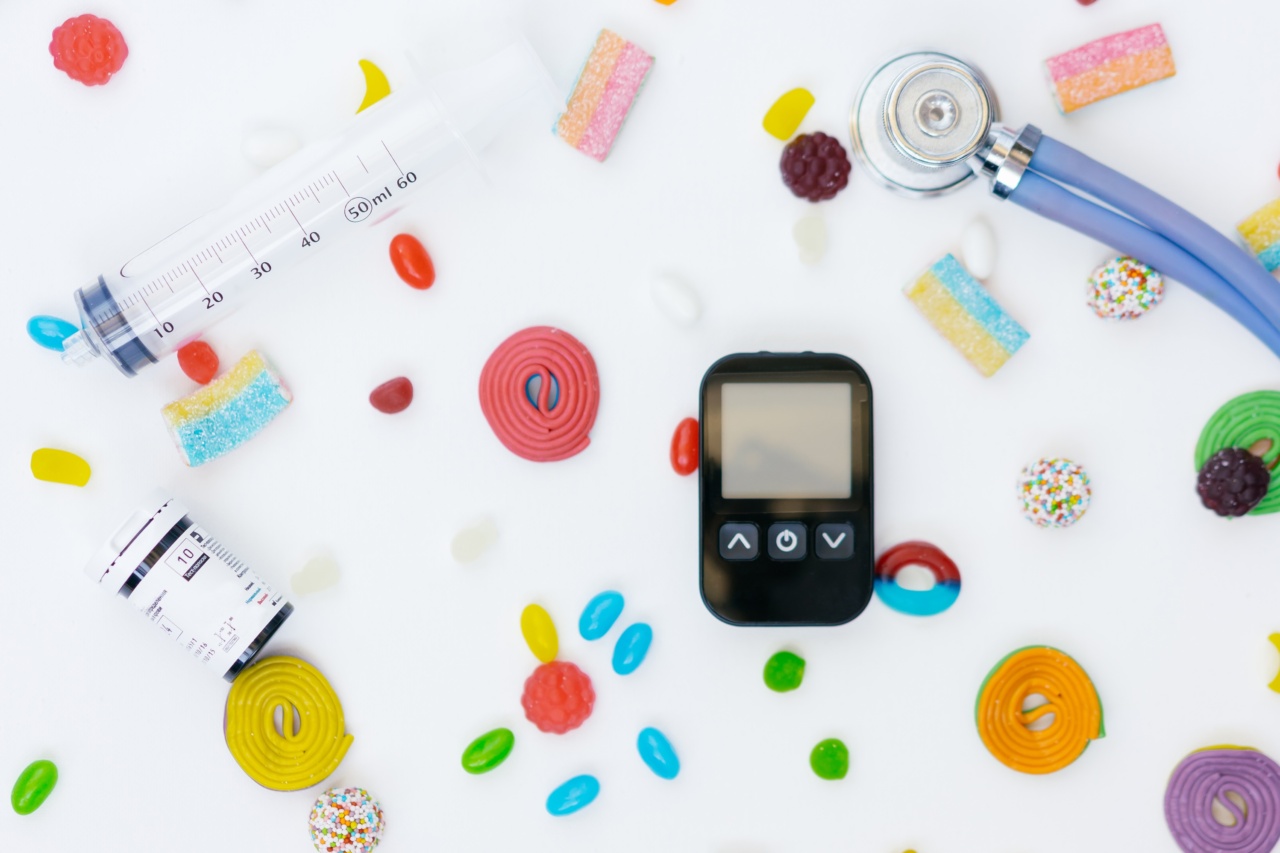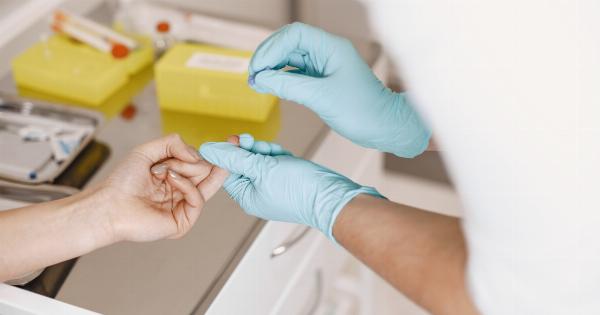Insulin sensitivity refers to how responsive the body’s cells are to the hormone insulin. It plays a crucial role in maintaining optimal blood sugar levels and preventing the development of chronic diseases such as type 2 diabetes.
Traditionally, fat tissue has been associated with negative health outcomes, including insulin resistance. However, recent research has uncovered a surprising link between fat tissue and improved insulin sensitivity.
In this article, we will explore the mechanisms through which fat tissue improves insulin sensitivity and the implications it holds for our overall health.
1. Adipokines: The Signaling Molecules of Fat Tissue
Adipokines are molecules secreted by fat tissue that act as messengers throughout the body. Many adipokines have been found to modulate insulin sensitivity. Two prominent adipokines are adiponectin and leptin.
Adiponectin enhances insulin sensitivity by increasing glucose uptake in cells. Leptin, on the other hand, regulates energy balance and enhances insulin’s actions in the brain. These adipokines and others create a hormonal environment that promotes insulin sensitivity.
2. Lipid Storage and Insulin Sensitivity
Fat tissue stores excess calories in the form of lipids. When the body consumes more calories than it needs, these excess lipids are stored in fat tissue.
This process, known as lipid storage, prevents lipotoxicity—a condition marked by the accumulation of excessive lipids in non-adipose tissues. By preventing lipotoxicity, fat tissue indirectly improves insulin sensitivity. When lipids are stored in fat tissue as intended, organs such as the liver and skeletal muscles remain free from lipid-induced insulin resistance.
3. Inflammation: The Double-Edged Sword
Inflammation has both positive and negative effects on insulin sensitivity. While chronic low-grade inflammation in fat tissue can lead to insulin resistance, acute inflammation can actually improve insulin sensitivity.
During exercise or times of energy demand, fat tissue can recruit immune cells that release anti-inflammatory factors. These factors not only reduce inflammation but also enhance insulin sensitivity in target tissues. The key lies in maintaining a balanced inflammatory response within fat tissue.
4. Browning of White Fat: A Metabolic Marvel
White adipose tissue, the typical fat we think of, can undergo browning—a process by which it acquires characteristics of brown adipose tissue. Brown adipose tissue is metabolically active and burns energy to generate heat.
Recent studies have shown that the browning of white fat can significantly improve insulin sensitivity. It increases energy expenditure and enhances insulin action, ultimately leading to improved glucose handling by the body.
5. Fat Distribution and Insulin Sensitivity
The location of fat tissue in the body also plays a role in insulin sensitivity. Subcutaneous fat, the fat found just beneath the skin, is generally associated with favorable metabolic effects and improved insulin sensitivity.
Alternatively, visceral fat, which wraps around organs in the abdominal cavity, is linked to insulin resistance. By promoting the accumulation of fat in subcutaneous depots, fat tissue can enhance insulin sensitivity and reduce the risk of metabolic disorders related to excessive visceral fat.
6. Exercise and Fat Tissue: A Dynamic Relationship
Exercise is a powerful tool for improving insulin sensitivity, and its effects on fat tissue play a significant role in this process. Exercise increases the release of adipokines, such as adiponectin, which enhance insulin sensitivity.
Furthermore, physical activity stimulates the browning of white fat, which, as previously discussed, improves insulin sensitivity. Engaging in regular exercise promotes a healthy relationship between fat tissue and insulin sensitivity.
7. Gut Microbiota: The Hidden Players
The gut microbiota, the community of microbes living in our digestive system, also influences insulin sensitivity. Studies have shown that certain gut bacteria can produce short-chain fatty acids (SCFAs) from dietary fiber.
These SCFAs, particularly butyrate, have been found to improve insulin sensitivity. They enhance the release of gut hormones and alter gene expression in fat tissue, ultimately influencing insulin sensitivity.
8. Caloric Restriction and Fat Tissue
Caloric restriction, reducing calorie intake without malnutrition, has been shown to improve insulin sensitivity and extend lifespan. Fat tissue, in response to caloric restriction, undergoes dynamic changes.
It releases stored lipids, reduces inflammation, and increases the production of adiponectin. These adaptations contribute to improved insulin sensitivity and overall metabolic health.
9. The Role of Genetics
Genetics also plays a role in how fat tissue influences insulin sensitivity. Certain genetic variations can affect the production and function of adipokines, lipid storage capacity, and fat distribution.
Individuals with genetically determined higher amounts of subcutaneous fat tend to have better insulin sensitivity compared to those with a higher proportion of visceral fat. Understanding these genetic factors can inform personalized strategies for improving insulin sensitivity.
10. Implications for Health and Future Research
The newfound understanding of how fat tissue improves insulin sensitivity carries important implications for health. By recognizing the beneficial functions of fat tissue, we can shift the focus from fat reduction to promoting metabolic fitness.
Lifestyle interventions, such as exercise and dietary modifications, can be tailored to harness the positive effects of fat tissue. Furthermore, future research exploring the interplay between fat tissue and insulin sensitivity may unveil novel therapeutic targets for metabolic disorders.





























